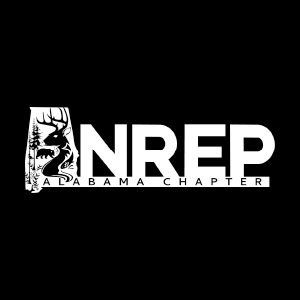ANREP Alabama Chapter 2022 Officers
President – Adam Maggard, Extension specialist
President-Elect – Wesley Anderson, Extension specialist
Immediate Past President – Ryan Mitchell, regional Extension agent
Secretary – Drew Metzler, regional Extension agent
Treasurer – Bence Carter, regional Extension agent
Read More related articles
